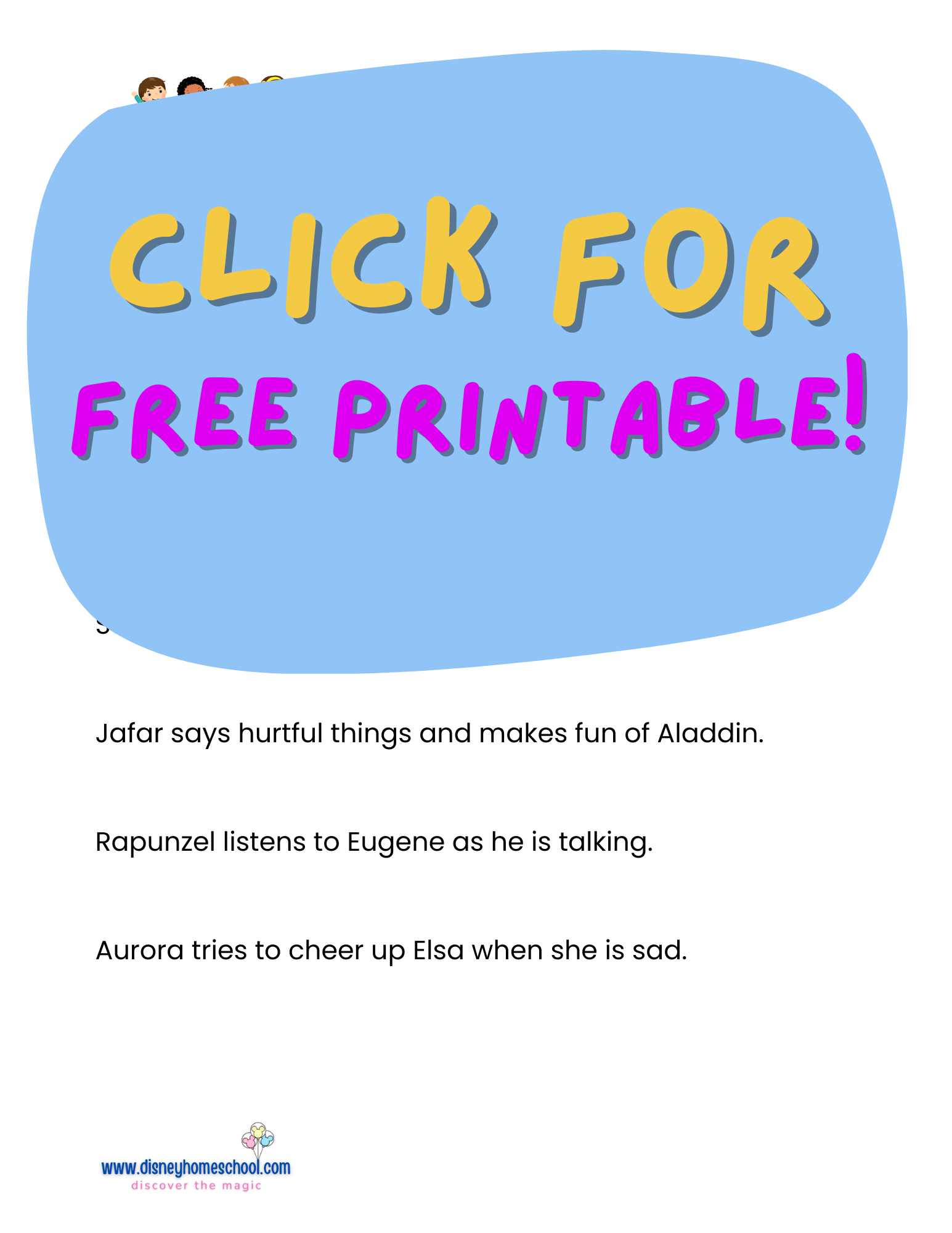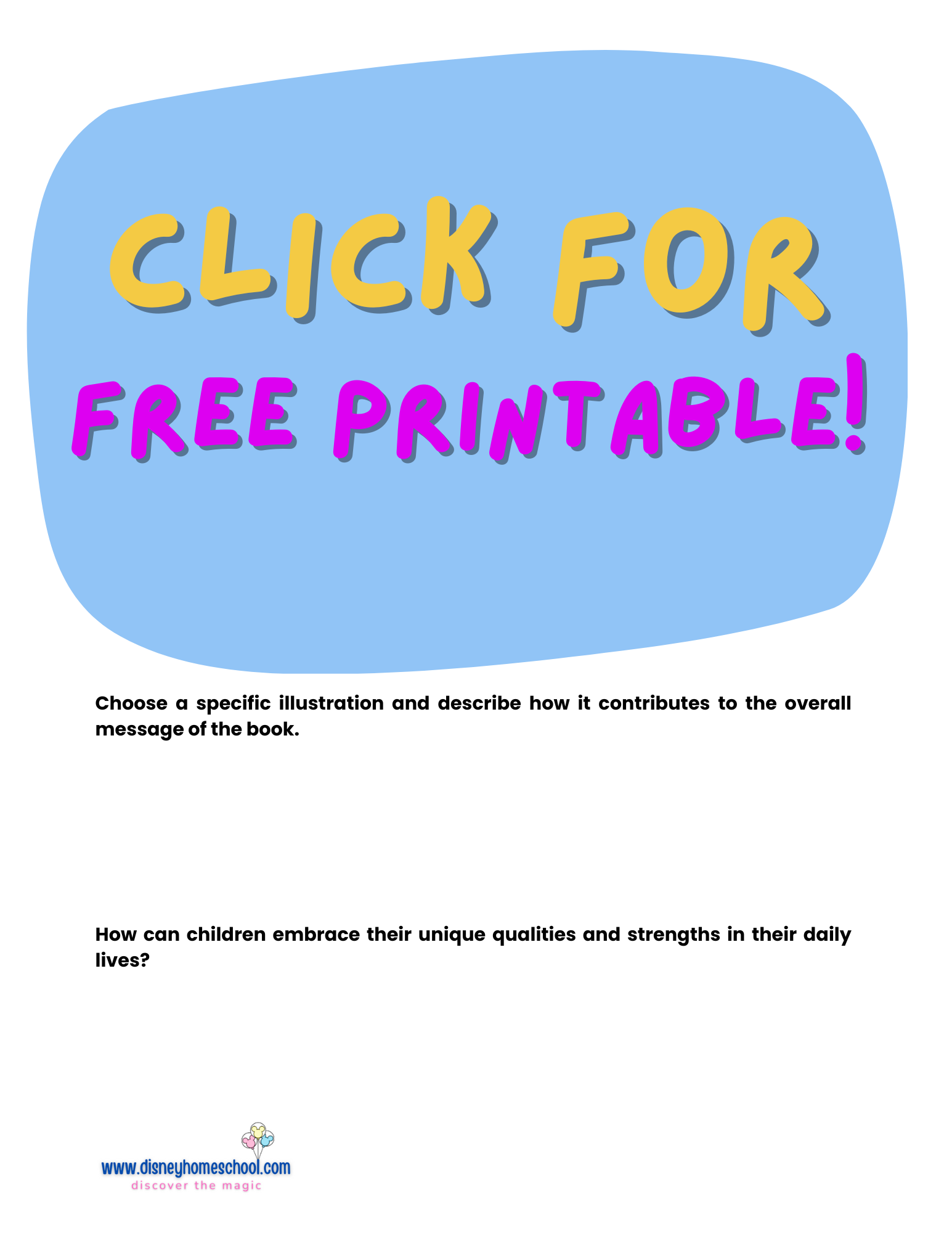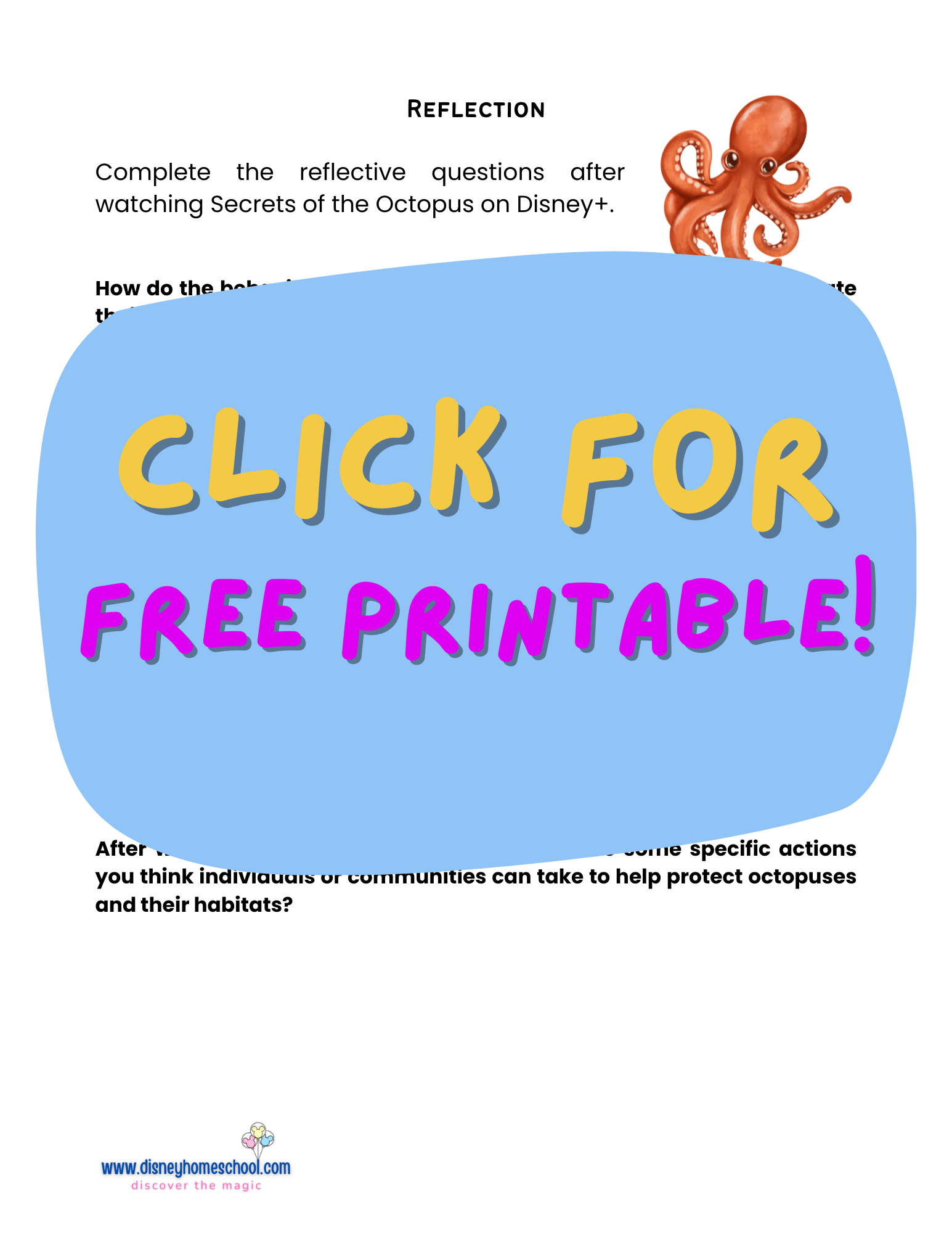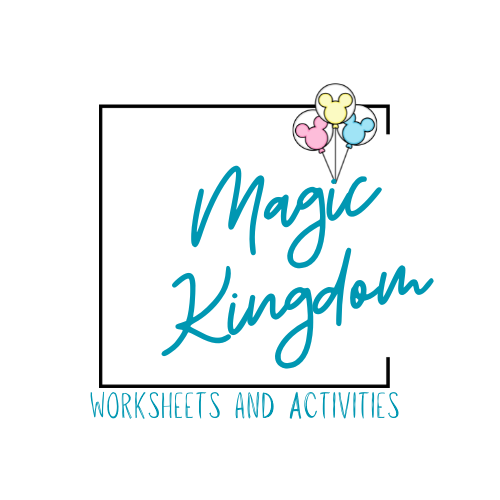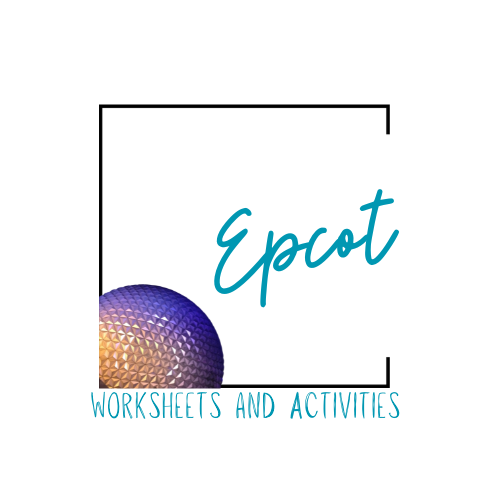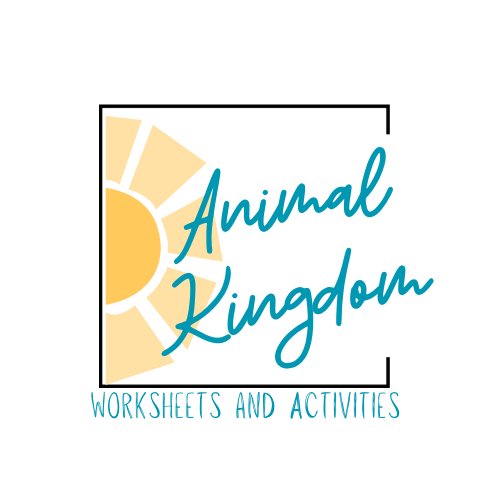Fantasyland
Fantasyland is the heart of the Magic Kingdom, a whimsical place where classic Disney stories come to life in colorful, enchanting settings. From the park’s opening day in 1971, Fantasyland has been home to beloved attractions like Peter Pan’s Flight, It’s a Small World, and Dumbo the Flying Elephant. Over the years, Fantasyland expanded with the addition of New Fantasyland in 2012, introducing richly themed areas like Belle’s Village and the Seven Dwarfs Mine Train. A fun behind-the-scenes fact is that in the original version of Fantasyland, the castle courtyard buildings were designed to look like colorful tents, meant to evoke a medieval fair. Later, they were redesigned to resemble more permanent, detailed storybook villages, enhancing the sense of immersion. Another hidden detail is that the turrets and rooftops throughout Fantasyland subtly shift in architectural style depending on which story or kingdom guests are entering, providing seamless visual storytelling.
The Ultimate Magic Kingdom Workbook brings even more magic to a visit to Fantasyland by providing ready-to-go lessons focused on art, character development, history, and math. You may also be interested in the novel and short story units on the site around classic Disney tales.
Pre-K and Kindergarten
Rhyming: Find which words rhyme with PAN in this free printable. Teaching rhyming to pre-kindergarten and kindergarten children is essential for several reasons. Firstly, it enhances phonemic awareness, which is the foundation for reading. By engaging with rhyming words, children learn to recognize and manipulate sounds within words, a skill critical for decoding and developing literacy skills. Additionally, rhyming supports vocabulary expansion and language development, as children are introduced to new words and their meanings in an enjoyable context. Rhymes also foster memory retention, as catchy rhythms and patterns make it easier for young learners to remember words and concepts. Furthermore, engaging with rhymes stimulates creativity and encourages a love for language and storytelling, laying the groundwork for effective communication skills later in life.
Friendship: Teaching friendship skills in kindergarten is crucial for fostering a positive social environment that benefits children's emotional and social development. During this formative stage, children are just beginning to navigate interpersonal relationships, and learning how to form healthy connections lays the foundation for future interactions. By equipping young learners with essential skills such as sharing, empathy, and conflict resolution, educators help them understand the value of cooperation and kindness. These skills not only enhance their ability to work in teams but also contribute to their overall happiness and sense of belonging. Moreover, instilling these principles early on encourages positive behaviors that can lead to stronger, more supportive relationships throughout their lives.
Reading and Comprehension: Snow White and the Seven Dwarfs explores several enduring themes that resonate across generations. One of the most prominent themes is the idea of good versus evil, exemplified by the contrast between Snow White's innocence and the Evil Queen's jealousy and malevolence. This battle highlights the importance of inner beauty and kindness, suggesting that true worth is measured by one's character rather than appearance. Another significant theme is the power of friendship and collaboration, as demonstrated by the camaraderie and support the Seven Dwarfs provide for Snow White. Their loyalty ultimately underscores the notion that love and teamwork can triumph over adversity. Additionally, the theme of self-identity and personal growth is present, as Snow White evolves from a sheltered princess to a proactive figure who takes charge of her fate, illustrating the empowerment that comes from overcoming challenges. These themes contribute to the story's lasting appeal and provide valuable lessons for audiences of all ages.
Lower and Upper Elementary
Reading and Comprehension: "The Kitchen Knight: A Tale of King Arthur" by Margaret Hodges imparts valuable lessons about kindness, resilience, and self-discovery. Through the journey of its protagonist, the story encourages young readers to understand that everyone has unique strengths and potential, often hidden beneath the surface. As the kitchen boy transforms into a knight, children learn that perseverance in the face of challenges can lead to personal growth and success. Additionally, themes of courage and loyalty are woven throughout the tale, illustrating the importance of standing by friends and embracing one's identity. This beautifully illustrated narrative not only entertains but also enriches young minds with moral lessons that resonate in their daily lives.
History, Arts, and Fashion: A paper doll book featuring King Arthur and his court can serve as a fascinating educational tool that combines history, art, and fashion. Firstly, it provides insight into the historical context of the Arthurian legend, allowing readers to explore the social structures and values of the medieval period. By dressing paper dolls in costumes representative of different characters, children can learn about the roles and significance of figures such as knights, queens, and peasants, sparking an interest in the rich tapestry of history surrounding these legendary tales.
Artistically, the illustrations within a paper doll book can highlight various artistic styles of the time, from intricate designs to vibrant color palettes. This not only engages young minds in visual storytelling but also opens discussions about how art mirrors cultural influences and societal norms through the ages. Additionally, the focus on fashion invites exploration into how clothing reflects identity and status, encouraging children to think critically about how themselves and others are portrayed based on attire. Overall, such a book can merge learning and creativity, fostering a deeper appreciation for the interconnectedness of history, art, and fashion.
Upper Elementary and Middle
Poetry: Read Mirror, Mirror, by Shel Silverstein. Shel Silverstein's poem "Mirror, Mirror" can be viewed as a fractured fairy tale, as it reinterprets traditional narratives surrounding beauty and self-perception. While fairy tales often present idealized characters and clear distinctions between good and evil, Silverstein upends these conventions by focusing on the internal conflicts and vulnerabilities of the speaker. Learning about alternative or reimagined endings to fairy tales is educational as it encourages critical thinking and creativity in readers. By exploring these variations, students can analyze the original themes and morals of classic stories while considering how changes in the narrative can alter the overall message and character development. This process fosters a deeper understanding of storytelling techniques, allowing students to engage with the material on a more personal level.
Middle School
Marine Biology: By watching Secrets of the Octopus on Disney+, middle school students can gain valuable insights into the complex lives and behaviors of octopuses, as well as broader concepts related to marine biology and ecology. The documentary offers a unique perspective on these fascinating creatures, showcasing their intelligence, adaptability, and the intricate relationships they have with their environments. Through stunning visuals and expert commentary, students can learn about the various species of octopuses, their hunting techniques, and their roles in their ecosystems. Additionally, the film highlights the importance of ocean conservation, encouraging students to think critically about the impacts of human activity on marine life and the necessity of protecting these unique habitats. This educational experience fosters curiosity and promotes discussions about biodiversity, adaptation, and the interconnectedness of life in the ocean.
Middle School
Senses Aligned: Check out how our senses work together in The Ultimate Magic Kingdom Workbook. But first, watch the video below!
Wonderland Puzzles by Age
Spatial Skills and Problem Solving: Puzzles are not only entertaining but also serve as invaluable educational tools for children across all age groups. They promote essential skills such as problem-solving, spatial awareness, and logical reasoning. As children manipulate puzzle pieces, they develop hand-eye coordination and fine motor skills, which are crucial for various developmental milestones. Additionally, working on puzzles encourages patience and perseverance, as children learn to think critically and approach challenges methodically. For younger children, simple puzzles help them recognize shapes, colors, and patterns, while older kids can tackle more complex puzzles that require strategic thinking and planning. Overall, incorporating puzzles into children’s playtime can significantly enhance their cognitive growth while keeping them engaged and entertained.





